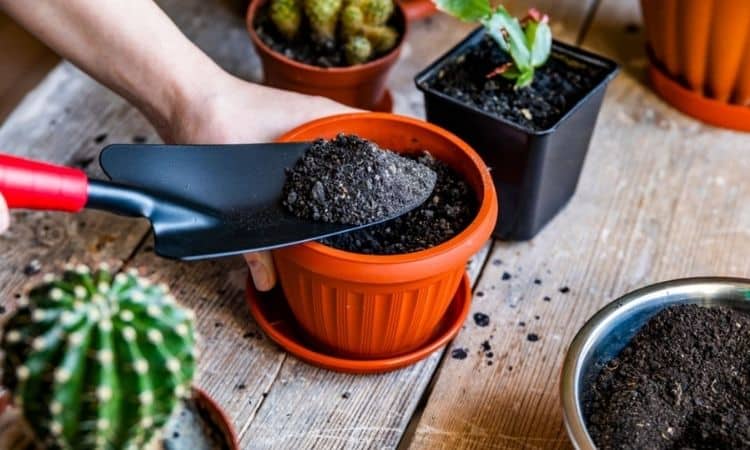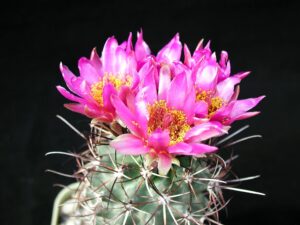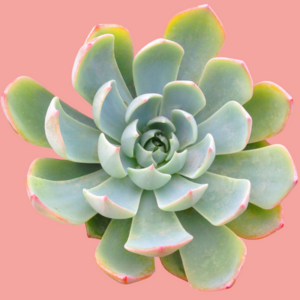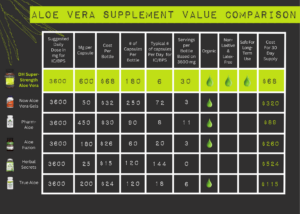Fertilizer for Cactus Plants: The Best Fertilizers for Thriving Cacti
Have you ever wondered how a cactus, with its rugged exterior and resilient demeanor, can flourish in the most unforgiving environments? Cacti are famous for their ability to survive in arid conditions, but that doesn’t mean they thrive on neglect. The key to a lush, vigorous cactus garden lies in understanding the optimal nutrition these unique plants require. Let’s delve into the world of cactus fertilizers and discover how the right nourishment can make a significant difference.
Understanding Cactus Nutrition
The first question that often arises for cactus enthusiasts is: what nutrients do cacti really need? Unlike traditional houseplants, cacti have specific nutritional requirements, primarily due to their evolution in desert climates. The macronutrients—nitrogen (N), phosphorus (P), and potassium (K)—play a pivotal role in cactus growth.
Nitrogen is crucial for the overall development of the plant, promoting vegetative growth and ensuring the leaves become lush. This element, however, must be balanced; too much nitrogen can lead to leggy, weak growth, which is undesirable for most cacti.
Phosphorus supports root development and flowering, ensuring that your cactus has a robust foundation to draw in nutrients and water. For cacti that bloom, phosphorus is essential for vibrant and plentiful flowers.
Potassium helps with water regulation and photosynthesis. It plays a vital role in establishing a plant’s resilience against environmental stresses—crucial for those growing cacti in varied conditions.
Trace elements such as calcium, magnesium, and iron are equally important in smaller quantities, contributing to your cactus’s overall health. Providing a well-rounded, nutrient-rich fertilizer can elevate a cactus from survival mode to thriving condition.
The Types of Cactus Fertilizers Available
When choosing fertilizer for your cactus, you will encounter various types, each with distinct characteristics. Understanding these options will empower you to make informed choices.
Granular Fertilizers: These slow-release fertilizers are a popular choice among cactus growers. Typically, they are mixed into the soil at the time of planting or during repotting. The slow-release feature allows nutrients to seep into the soil gradually, reducing the risk of over-fertilization. Look for a balanced NPK ratio tailored for cacti, such as a 10-10-10 or a 5-10-10 formulation.
Liquid Fertilizers: For a more immediate impact, liquid fertilizers are an excellent option. They are diluted in water and applied directly to the soil. This method allows for quicker absorption of nutrients, which is particularly beneficial during the active growing season—typically spring and summer for most cacti. Ensure you choose a product specifically designed for cacti or succulent plants.
Organic Fertilizers: If you prefer a natural approach, organic fertilizers such as fish emulsion, bone meal, and worm castings can provide an excellent nutrient boost. These organic options can improve soil structure and offer a slow release of essential nutrients over time. However, they generally require a more frequent application to maintain the desired nutrient levels.
Tailoring Nutrition to the Seasons
Another crucial aspect of effective cactus fertilization is understanding seasonal needs. During the growing season, typically from late spring to early fall, cacti require more frequent feeding. It is during this time that they actively photosynthesize and grow, necessitating an adequate supply of nutrients.
As fall approaches and temperatures drop, cacti enter a dormant phase. It’s essential to reduce or eliminate feeding during this period. Over-fertilizing in fall and winter can lead to root rot and sluggish growth, as the plants are not actively taking up nutrients.
Recognizing Signs of Nutrient Deficiency
A vital skill for any cactus grower is the ability to recognize when your plant is not getting its nutritional requirements met. What are the signs it may be time to adjust your fertilization routine?
Yellowing arms or pads often indicates a nitrogen deficiency. In contrast, if your cactus appears wilted, it could suggest an overall lack of nutrients. Stunted growth or a failure to bloom—particularly during the active season—may signal insufficient phosphorus or potassium.
Conversely, be on guard against the perils of over-fertilization. If your cactus develops brown or black spots on its pads, or if it seems to be growing excessively quickly without structural integrity, it’s time to cut back on fertilizer. The balance is delicate, and skilled growers learn from these symptoms to adjust their practices accordingly.
Crafting Your Cactus Fertilization Regimen
Creating a successful fertilization regimen for your cacti requires keen observation and a tailored approach. Start by selecting the right fertilizer that aligns with your preferred growing method—granular, liquid, or organic. Consider the specific needs of your cactus species; some cacti might thrive on a slightly different nutrient profile than others.
During the growing season, apply fertilizer every four to six weeks, diluting it to half-strength if you’re using liquid feed. Keep an eye on your plants for signs of health and growth, adjusting as necessary.
In conclusion, understanding the unique nutritional needs of cacti will enable you to cultivate a flourishing collection that showcases the best these resilient plants have to offer. By selecting the right fertilizer, monitoring plant health, and fine-tuning your approach with the changing seasons, your cacti can not only survive but thrive in your care. So, what will you feed your cacti next? The answer may just transform your plant family into the pride of your garden!





Leave a Comment